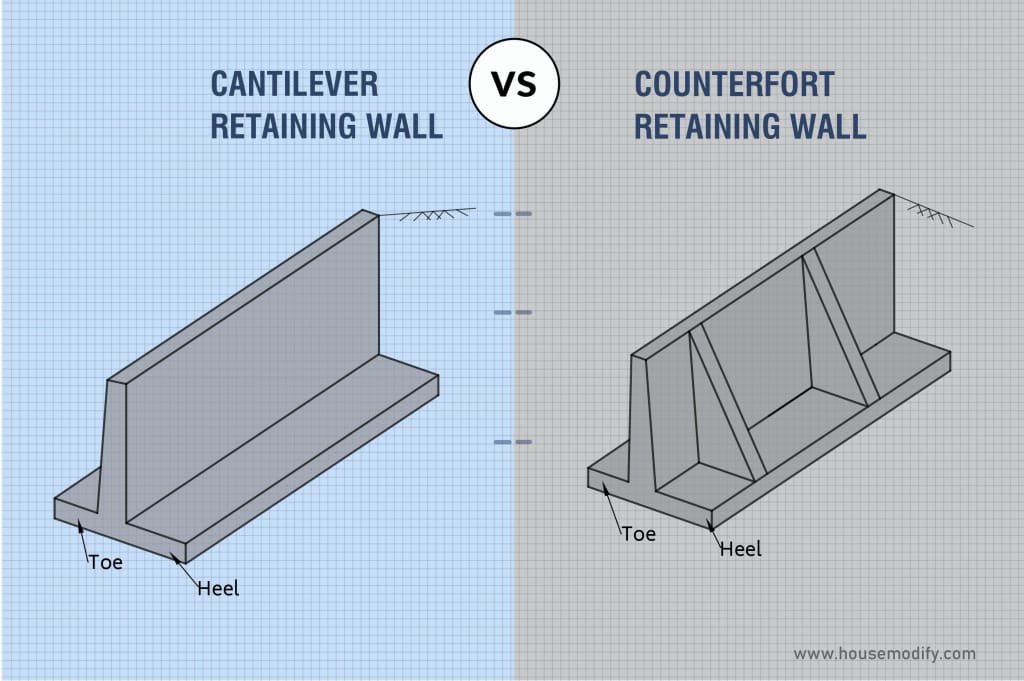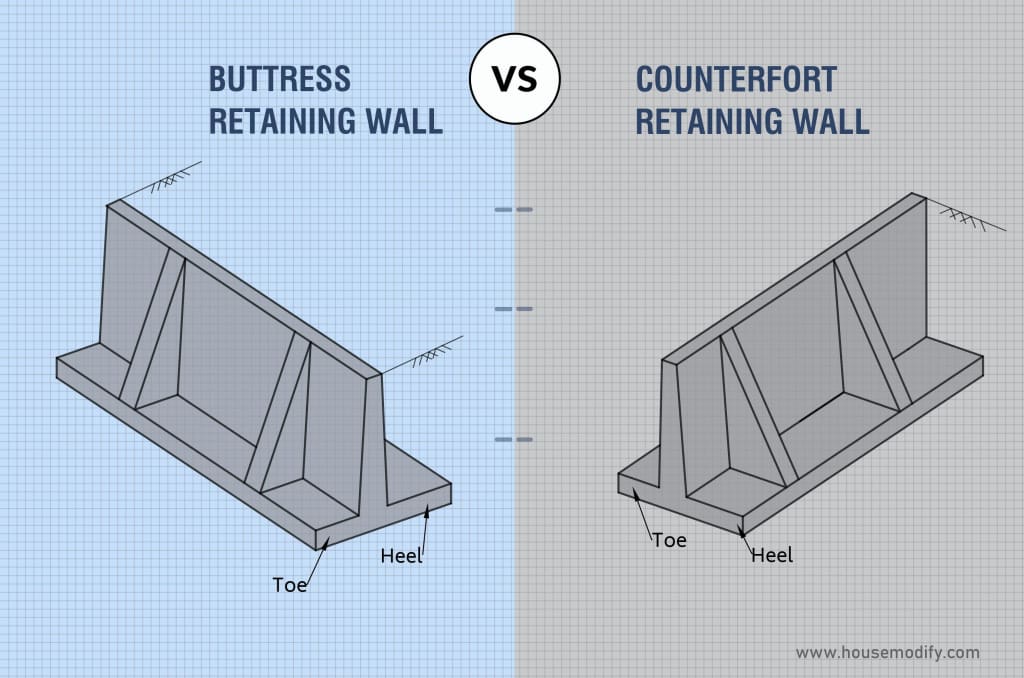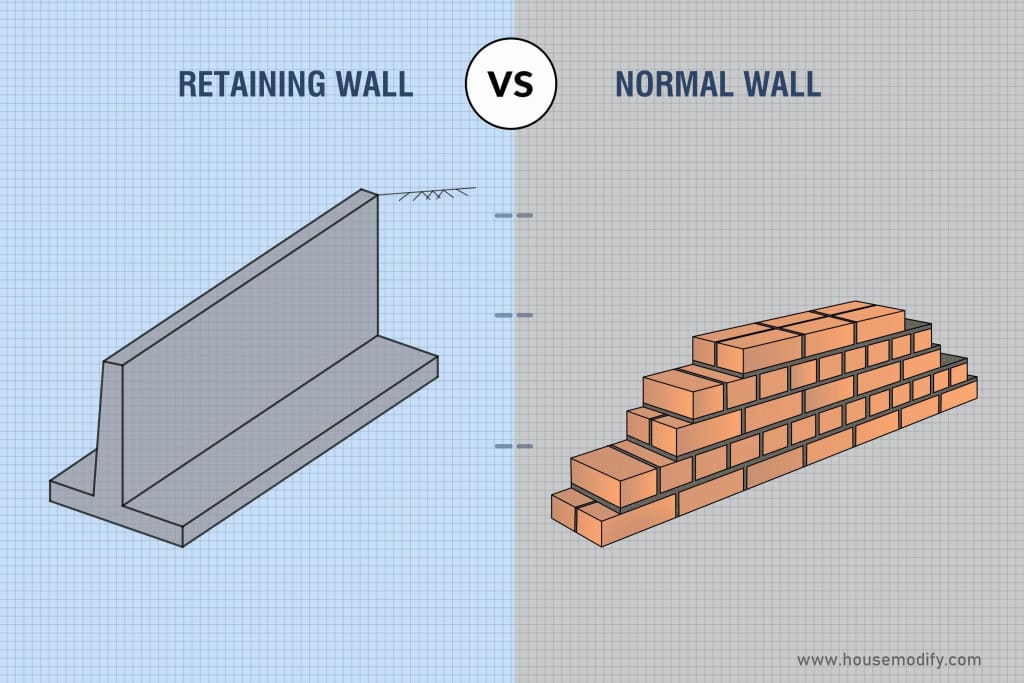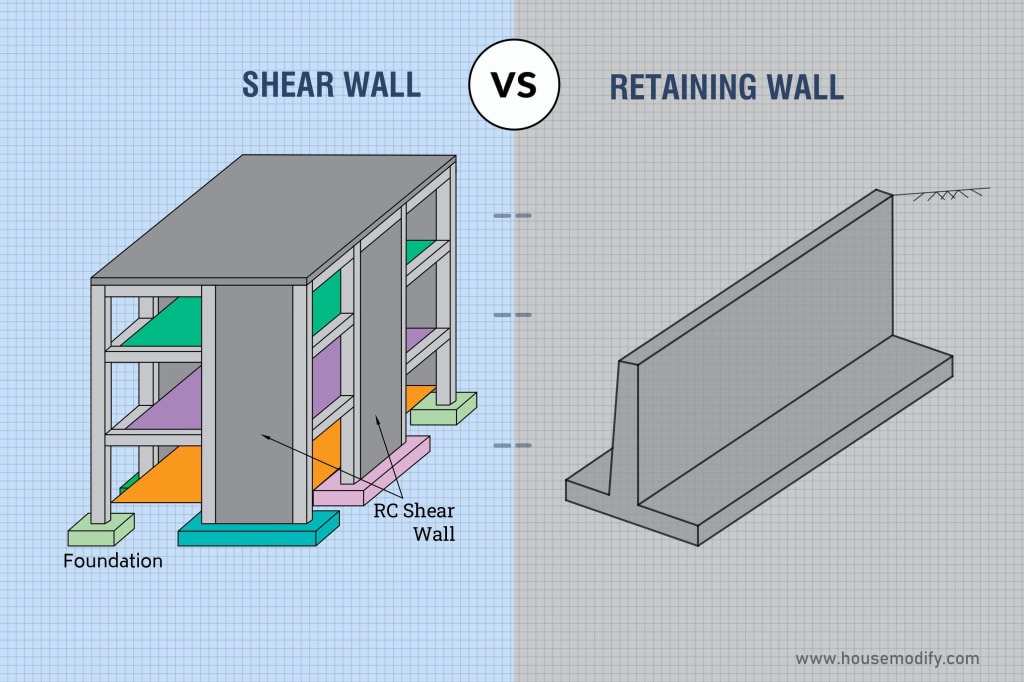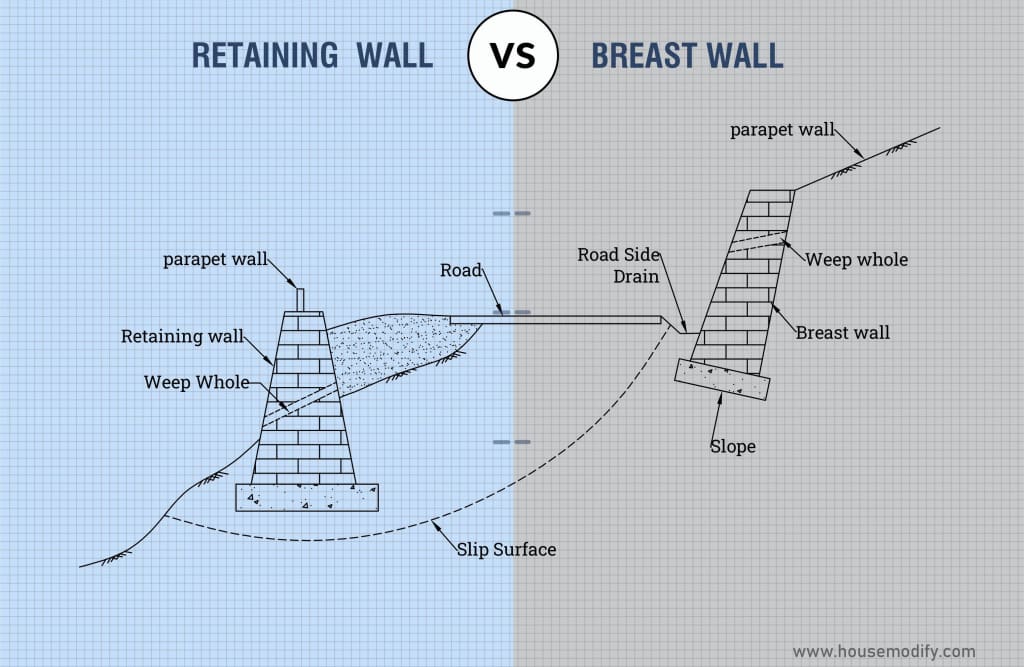Floor tile is thicker and more durably constructed to withstand use with people, appliances, and furniture, among other things whereas wall tile is often more delicate, smooth, thin, and wet surfaces are much slicker.
The floor tile features additional texture to reduce the likelihood of slipping.
Wall Tile Vs Floor Tile:
What is Wall Tile?

Technically speaking, wall tiles receive a PEI score of 0.
The best name for these tiles would be “wall-only,” as they aren’t very sturdy that can’t be used on flooring.
But they are fantastic options for shower walls and kitchen splashbacks because they are simple to install and simple to clean.
That’s a highly important aspect since you don’t want to waste time wiping grease or oils off your brand-new backsplash.
Ceramic and porcelain wall and floor tiles look the same with the exception that wall tiles are frequently smaller than floor tiles in size.
Wall tile typically tends to be smaller and more lightweight due to its conspicuous nature and the challenge of putting it on a vertical surface.
An 18-inch square floor tile would typically not work on walls because it would appear garish and overwhelming.
What is Floor Tile?

Floor tiles must be quite sturdy and able to withstand wear and tear for obvious reasons.
After all, no one wants their brand-new kitchen floor to crack or degrade after just a few months!
When choosing tiles used on flooring, Porcelain Superstore uses the PEI Rating.
On a scale of 0 to 5, this rate is the “resistance to wear” of tiles.
A tile with a rating of 0 can be used on the wall, while a tile with a rating of 5 is incredibly durable that can be used on very crowded floors.
In a strict sense, any tile with a PEI rating of 1 to 5 is a floor tile that can be used on floors.
Floor Tile that is available to the general public comes in square sizes up to 18 × 18.
Due to the widespread use of super-large format tiling, big sizes are standard.
The only exception is made of mosaic tiles, which are tiny tiles attached to sheets of mesh backing.
On bathroom flooring, traditional 1-inch hexagonal mosaics have been used for a long time.
What is the Difference Between Wall Tile and Floor Tile?
Floor tiles are thicker because they are intended to withstand wear and tear from foot activity as well as carry weight while wall tiles do not need to be load-bearing, they do serve a protective purpose, primarily from water seeping in from the walls.
| Floor tile | Wall tile |
| Floor tiles are made to be pressure-resistant, long-lasting, and resistant to wear and tear. | Although they do not need to withstand as much pressure as tiles, wall tiles are also made to be sturdy. |
| Floor tiles are larger and thicker | Wall tiles are relatively small and lightweight. |
| Different floor tile ratings apply depending on whether they are used in residential spaces or high-traffic commercial sites. | They are intended for locations with relatively little usage, wall tiles typically receive no rating or, at most, a Group 1 rating. |
| Floor tiles can endure pressure, corrosive liquids, and abrasives suitable for usage as wall tiles in locations with considerable traffic. | Due to their lack of load-bearing capabilities, wall tiles are nearly solely utilized for walls. |
| Typically, floor tiles have a higher COF value. | Lower COF wall tiles tend to be more slippery. |
| You can utilize tile on interior flooring as long as it has a COF rating of 0.50 or higher. | A ceramic or porcelain wall tile can have any COF (coefficient of friction) or PEI (Porcelain Enamel Institute) grade. Manufacturers typically refer to these as “wall tiles.” |
| Due to their greater thickness, floor tile has a little more difficult to cut than wall tile. | The water resistance of ceramic and porcelain wall tiles is at par with that of floor tiles. |
| Simple floor tiles are very reasonably priced, costing just $1 per square foot. | While the cost of a square foot of inexpensive basic tile starts at less than $1, the cost of a professional installation of imported designer tiles can easily reach $50. |
| Floor tiles should endure longer than wall tiles. | A well-installed and kept-up tile installation can endure up to 75 years. |
FAQ- Difference Between Wall Tile and Floor Tile:
Q1. Can you use floor tile on a wall?
The COF, WA, and PEI ratings of most wall tiles are low.
This means that they cannot be mounted on the floor.
Check with the manufacturer to determine if the quality tiles you ordered for your living room project fit the requirements for use as flooring.
The weight of floor tiles is too much for ceramic and glass tiles to support.
Q2. Do wall-mounted floor tiles weigh too much?
Although there are no requirements for interior walls, some people advise against using materials that weigh more than 15 lbs. per square foot.
Mechanical fasteners must be used to anchor larger and heavier tiles.
Q3. Is it necessary for the floor tiles to be a different colour from the walls?
Darker floor tiles might give the impression that your area is larger and more exposed.
Yet, you must have light-coloured walls for the combo to work.
Any area can look elegant and larger when dark and light are combined.
Conclusion:
To be quite honest, we feel that the traditional way of thinking of tiles as either “walls” or “floors” is a little out of date.
The differences between tiles for the bathroom, kitchen, walls, and floors are getting more and more muddled, making this a truly exciting period for the tile industry.
Wall-only tiles will always have a place in design because of their diminutive size, they have a lot of personality by nature.

